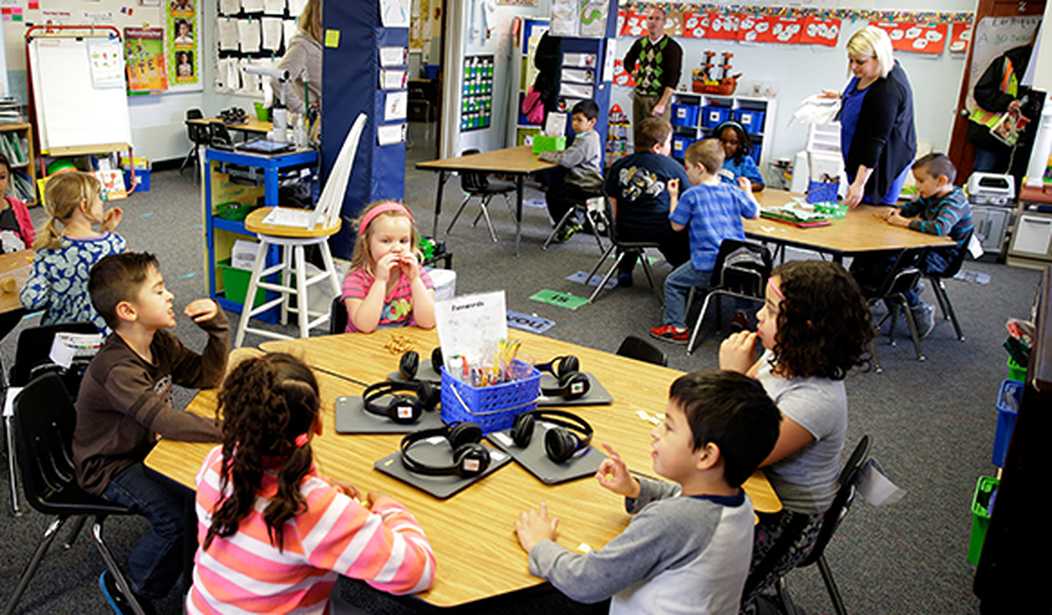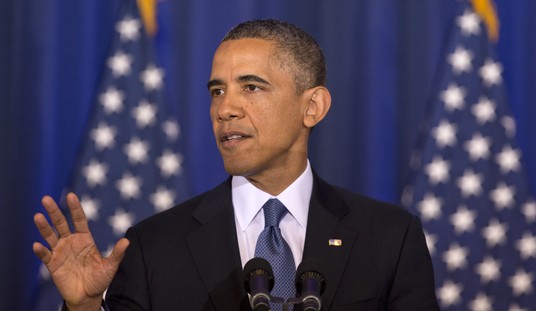The pandemic wreaked havoc on the lives of children and teens for more than a year. But it may be the youngest students that the lockdowns damaged the most.
Childhood education experts agree that the difference between being a good student and poor student is found in early childhood education. When young children first enter either pre-school or kindergarten, tests show that there is no racial disparity between black and white kids. All children that age want to learn, are eager to learn.
But the pandemic short-circuited the education of many young children by denying them access to educational opportunities in many communities. Now, with the pandemic over, school districts are anticipating a huge influx of kindergarteners who may already be a year behind. That could cause unforeseen problems now and down the road in these children’s educational careers.
“The job of the kindergarten teacher just got a lot harder,” said Steven Barnett, senior co-director of the National Institute for Early Education Research at Rutgers University. He coauthored a report that found that the number of 4-year-olds participating in preschool fell from 71% before the pandemic to 54% during the pandemic, with poor children much less likely to attend in-person.
Kindergarten is not required in most states, and in normal times, parents sometimes “red-shirt” children who would be young for their kindergarten class to give them an extra year of developmental readiness. This year, even children nowhere near the cutoff age were held out of school because of health concerns and the disruptions caused by the pandemic.
The burden will fall on the teachers and it’s an open question whether pre-school and kindergarten teachers — usually the bottom of the rung as far as pay and benefits — can handle it.
In Orange County, Florida, there are estimates that the incoming kindergarten class will be 17% bigger than in fall 2020 and officials are planning a 5 1/2 week transition program this summer at some of its neediest schools.
In Minnesota, the St. Paul district is anticipating nearly 22% more kindergartners than in fall 2020. The district plans to do testing over the summer to identify any special needs that have been missed, such as vision problems and speech delays, said Lori Erickson, a veteran kindergarten teacher who now coordinates the district’s pre-kindergarten program.
Most districts are receiving money from pandemic relief funds and plan to use it to jumpstart kindergarteners with summer educational programs. That will no doubt help with the transition, but the fact remains that there are millions of five- and six-year-old kids who are in danger of being left behind through no fault of their own.
“When people talk about learning loss and kids being behind, it won’t be a quick solution. That’s going to be a multi-year solution, but it will be solved,” said Albuquerque Public Schools Superintendent Scott Elder.
Perhaps the classes won’t be as large as feared. The pandemic may have turned many parents into homeschool advocates and perhaps more families than expected will opt for stay-at-home instruction for the youngest. Other parents see no problem with holding their children back a year. Since kindergarten is optional in many states, some parents may choose to skip kindergarten altogether.
Related: Homeschooling During Coronavirus? Here Are Resources for Parents
But there’s no doubt when looking at the damage wrought by the pandemic, that the educational problems of America’s youngest students must be seen in the context of a lost opportunity.










Join the conversation as a VIP Member